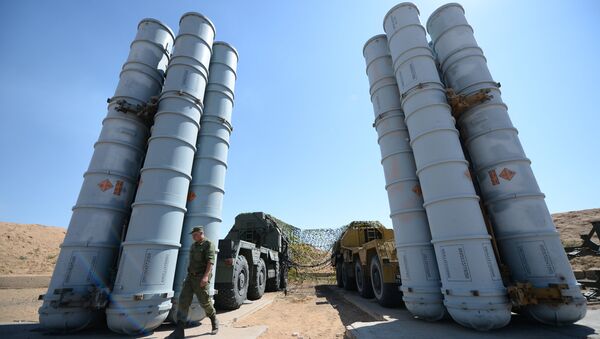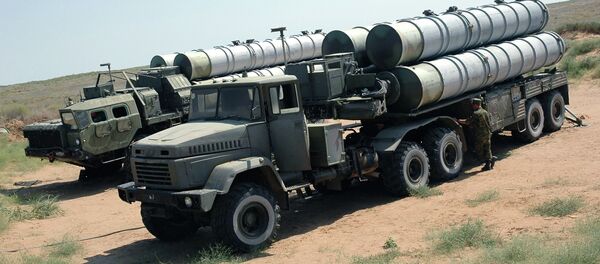First and foremost, Majumdar pointed out that the reports on the deployment are unconfirmed and that in any case, the very possibility of Russia's version of the Almaz-Antey S-300 series being stationed in Syria "would massively complicate air operations for US and allied forces."
Majumdar recalled that there are two versions of the S-300 missile systems, the 300PMU2 and the S-300VM.
"Both have a range of more than 120 miles and can hit targets as high as 100,000 ft. The weapons can engage half-a-dozen or more target simultaneously," he said.
He quoted a senior US Marine Corps aviator as saying that the S-300 remains "a deadly threat to everything except the most advanced stealth fighters and bombers."
The aviator says the missiles are "a complete game changer for all fourth-gen aircraft [like the F-15, F-16 and F/A-18]. That thing is a beast and you don’t want to get near it," the aviator said.
Majumdar, for his part, suggested that apart from the S-300, Russia may deploy "the far more capable S-400 strategic surface-to-air missile defense system to Syria."
"It could effectively render entire swaths of Syria into de facto no-fly zones for US and allied aircraft," he warned.
According to him, only the US Air Force's Lockheed Martin F-22 Raptor and Northrop Grumman B-2 Spirit stealth bomber are technically capable of operating safely inside areas protected by the S-300 and the S-400.
"But even those aircraft could be challenged if there were enough S-300 batteries operating as part of an integrated air defense network," Majumdar said.
He added that the S-300 system's mobility and the fact that "it can move at a moment's notice" will add significantly to Washington's fears.
"If they're all over every square inch of the country, then it doesn't matter what you put out there—it's going to be a challenge," the official said.
Majumdar concluded by referring to the newly operational Lockheed Martin F-35 Joint Strike Fighter, which the Pentagon claims would allegedly also be able to operate against the advanced Russian missile systems.
In any case, as Majumdar said in one of his previous articles,"the real threat to American air power in most regions around the world is not enemy air power, but rather advanced enemy integrated air defense systems."




